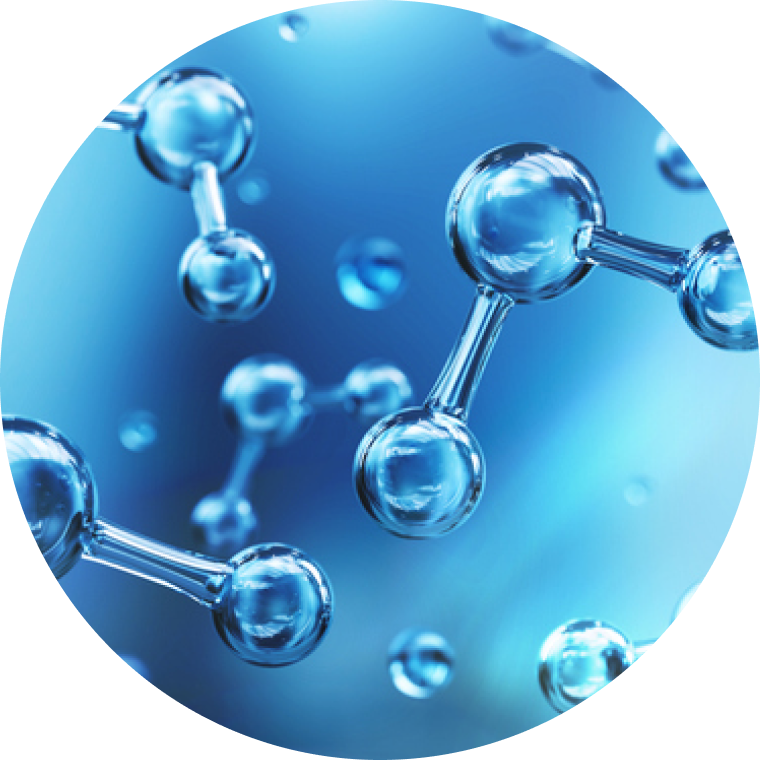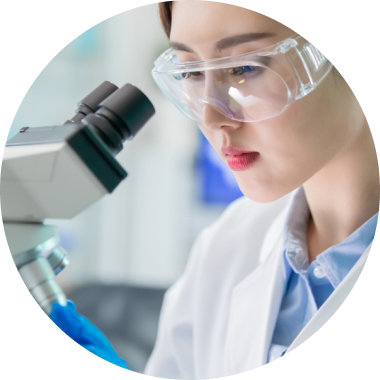What are the major steps in the process of drug discovery?
There are four major steps in the drug discovery process: early drug discovery, pre-clinical phase, clinical phase, and regulatory approval.
Phase 1: Early drug discovery
The early drug discovery phase uses many varying actions and tests, with researchers collaborating to identify and optimize prospected leads to a specific target.
Phase 2: Pre-clinical trial
In this phase, identified substances from phase 1 are tested and optimized in a laboratory setting and in other relevant formats.
Phase 3: Clinical trial
There are four phases of a clinical trial, I-IV.
Phase 1:Small groups of healthy subjects will be used to study the tolerance and safety of the drug candidate, aiming to answer three questions:
Is the drug safe?
What doses can be administered without side effects?
How does the substance behave in the body?
Phase 2: This phase gets further subdivided into 2 stages, using a slightly large group of patients, typically between 100 - 500 adult patients:
Phase 2a: Therapy concept is checked
Phase 2b: The aim is to find the right dose
Phase 3: Doctors test the drug on large groups of people to assess the effectiveness across many different patients. These tests not only confirm efficacy across a statistically significant group but also indicate potential interactions with other drugs.
Phase 4: Regulatory approval
After completing clinical trials, data can then be aggregated, analyzed, and submitted to authorities as appropriate. Prior to sale and consumption, drugs require approval from a suitable regulatory authority.



